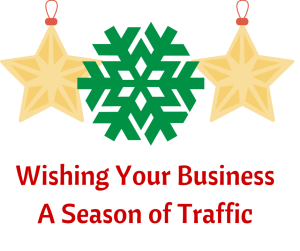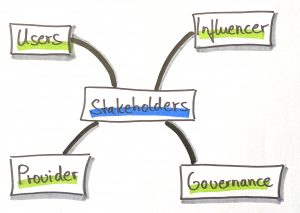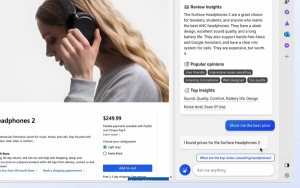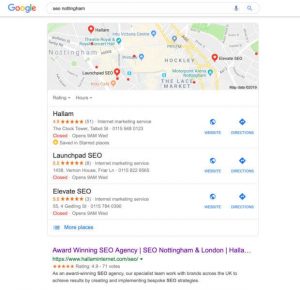
The upcoming holiday season means a big increase in search traffic on seasonal keywords as consumers look for gift ideas, travel accommodations and other holiday-related products and services.
This means that it’s time to implement a seasonal SEO plan to give search engines the opportunity to crawl and index your content in time for the holiday traffic spikes. These 4 steps will help you build a solid SEO plan for the holidays.
- Keyword Drafting
Keyword drafting is a combination of writing and keyword research that helps you create more natural content before focusing on SEO. Start by thinking about the words and topics that will attract people to your products, brand and website during the holiday season. For example, let’s say you have a website that sells speciality ice cubes. Ice cubes aren’t necessarily a popular holiday gift, but holiday cocktails certainly are trendy. Think about interesting seasonal tie-ins like this and make a list of your ideas.Now it’s time to connect your content ideas with user intent and search trends. Input your list into the Adwords Keyword Planner to see monthly search traffic and related keywords. “Holiday Cocktails” turns up some interesting related keywords like “Festive Holiday Cocktails” and “Easy Holiday Cocktails.” Now you can take your natural brand and holiday focused ideas and refine them into valuable search-friendly keywords, creating a strong topical focus for holiday content creation. - Content Creation and Placement
Once you’ve created a list of seasonal topics and keywords it’s time to decide how to use them. Think about site hierarchy from an SEO perspective, major areas like the homepage and internal page title tags pass very strong search signals, but are limited in space, while blog posts and product page descriptions offer plenty of variety but less powerful search signals.You will need to choose keyword and topic placement based on opportunity and competitiveness. For seasonal content it’s probably a good idea to focus on internal pages, like a blog post about “Easy Holiday Cocktails” that feature your ice cubes, or an update to a product page title tag to read, “Perfect for Festive Holiday Cocktails.”It’s important to focus on useful and unique content at every opportunity. Don’t worry about stuffing keywords throughout your website, instead make sure that your topical coverage is from your own unique point of view. If you focus on topic quality and depth to support a keyword target it will send better search signals. Don’t forget to create a special holiday callout section on your homepage with an internal link to blog posts or products that feature your new holiday content. - Outreach
Content is the cornerstone of SEO, but outreach is how you give that content legs. Think of outreach as building long term partnerships and relationships, not just finding strangers to publish your content. The Co-Marketing philosophy is one of the best ways to approach outreach. Find relevant publishers, businesses and individuals to share content and audiences, then use your knowledge and content as a lever to build these relationships, which will result in brand and content exposure to audiences interested in your business. As audience and reach grows through Co-Marketing strategies, so do valuable search signals, like backlinks and brand reach across domains. - Technical Audit
Steps 1 to 3 are useless if your website fails the technical requirements necessary for crawlability and indexation. Speed and reliability issues will kill search rank, so test your website with PageSpeed Insights and follow any recommendations to improve load times and user experience. Use Webmaster Tools to test sitemaps and robots.txt and make any necessary changes to ensure efficient crawling.Check on structured data opportunities with the Structured Data Markup Helper and be sure to run Fetch as Google in Webmaster Tools to identify any page level errors and see exactly how Googlebot interprets your website. Pay special attention to the mobile specific views and recommendations from these tools, as those are common areas where hiccups occur, especially when you make big site changes.Also good to make sure your site is running on mobile, make sure your design is working smooth and both PageSpeed and Fetch as Google have mobile specific views you can test. Monitor your traffic from Webmaster tools to see if there are any surprising sources of search traffic from keywords you might not have fully optimized or focused on in prior steps.
Above all, remember that SEO is cyclical. These 4 steps are just the first cycle, good SEO is about constantly monitoring your execution strategies and using data from this analysis to inform the next move. This way each week, each month, and each holiday season your SEO will improve and grow.
Digital & Social Articles on Business 2 Community
(367)
Report Post







